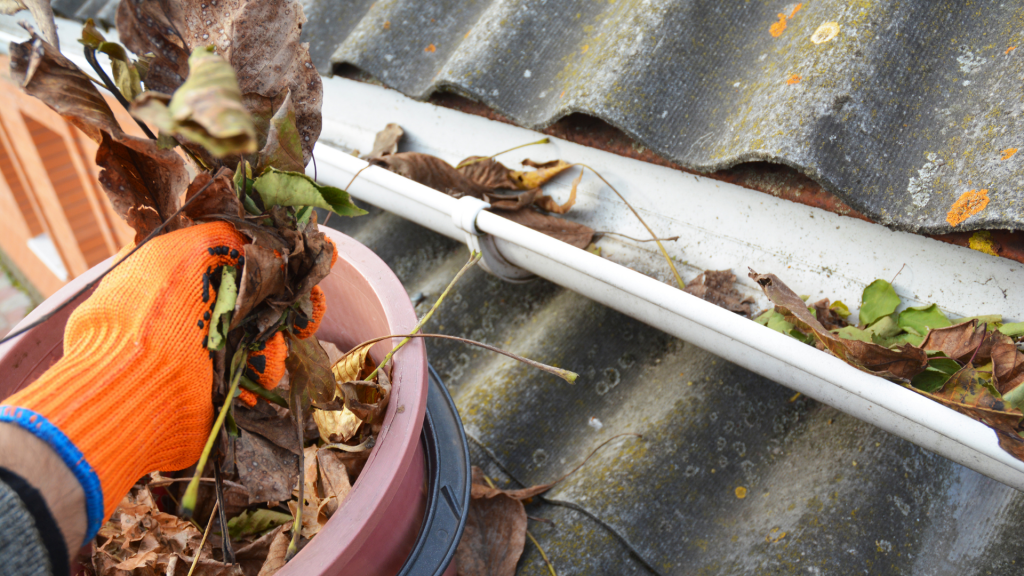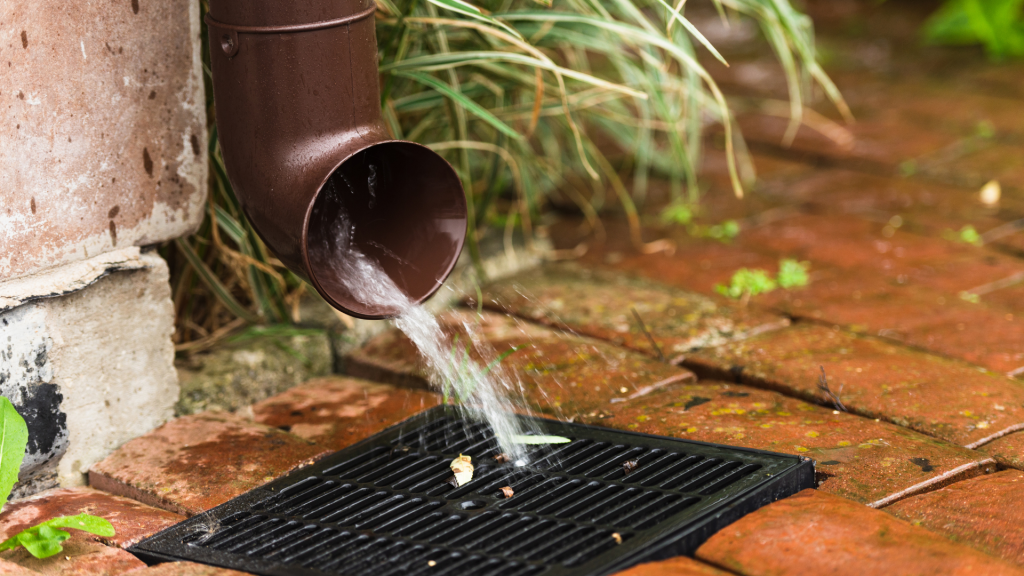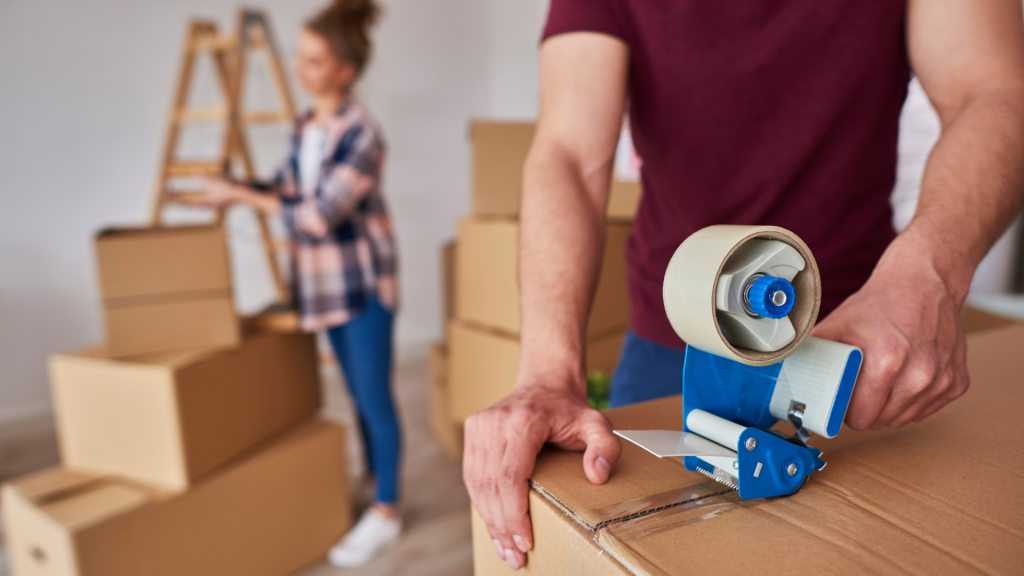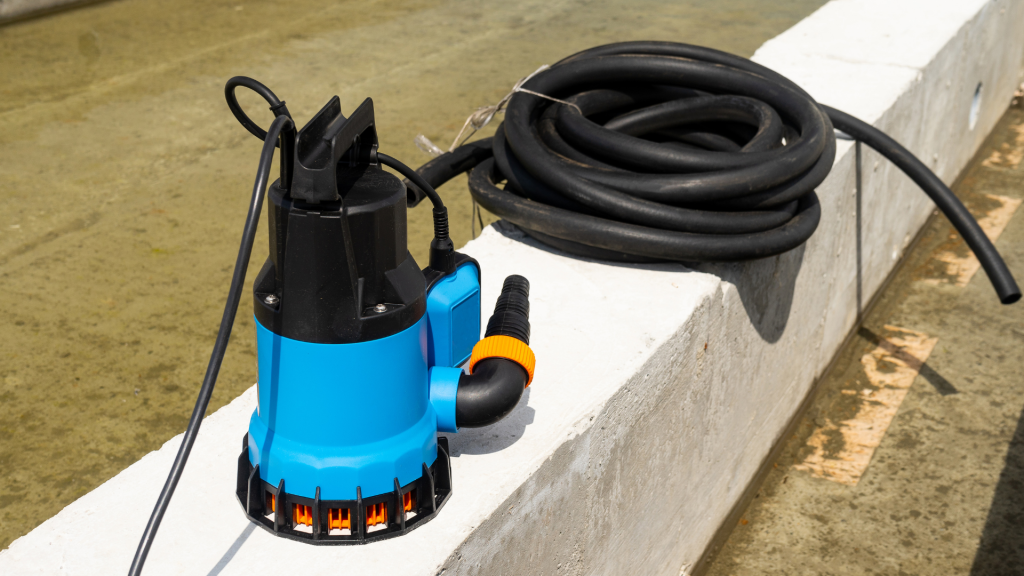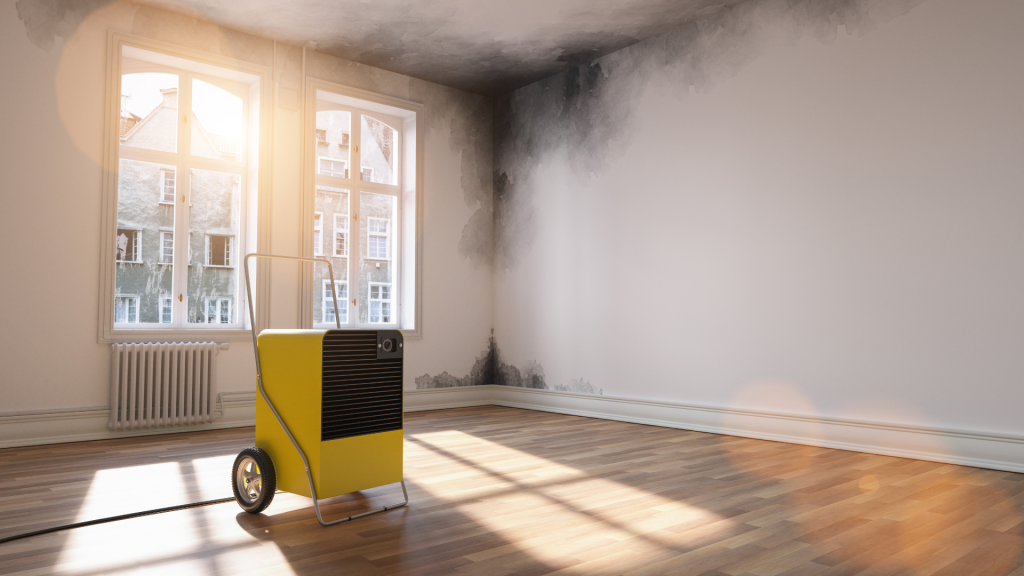When torrential rains hit, if your property is on a flood plain there may be little you can do to save your home and belongings.
However, when it comes to minor flooding caused by bad weather, there are ways to prepare your home for a flood and prevent flood damage.
Note that if floods become extreme in your area, you should keep up to date with state emergency services.
Be prepared to evacuate when an evacuation order is given or when you feel your home has become unsafe. Just like with bushfires, there is a point where there is nothing you can do and you need to prioritise your personal safety.
With that being said, here are some important preventative maintenance measures that can keep your home or business watertight in a less severe flood.
If the forecast is for heavy rain, there are several things you can do to be prepared.
Before A Flood
Clearing this debris will:
Encourage water to drain from your roof the way it is supposed to
Prevent insects, vermin and animals from nesting in your gutters
Stop excessive water flow from destroying your garden
When your gutters are blocked, the rain that falls from your roof will have nowhere to go. As a result, it can damage your roof and in a worst-case scenario, get into your walls. Clogged gutters can also cause water to run down the outside of your home and damage its foundations. This can cost a great deal of money to repair.
It’s best to do this job regularly, even if it’s just to keep rats and pests at bay. If a storm is forecast, clear the gutters before the rain hits so you don’t find yourself trying to climb a ladder and pull out lots of soggy leaves and sticks during wet weather.
Stormwater Drain Maintenance
Making sure your stormwater drain is clear from debris will allow water to drain from your property and help you to prepare for a flood.
To check, block the drain opening on the street and spray a hose into your stormwater drain. Once it is full, remove the blockage, creating a rush of water that should clear debris.
This assures your stormwater drain is clear and that drainage is optimised.
Hopefully, your property has areas of soft soil that will soak up rainfall from a storm. If there is nothing but concrete, you risk there being so much water that the stormwater drain overflows and the water has nowhere to go but inside your home.
Prepare Your House
If you know that imminent rains may cause flooding, you should prepare your house to minimise damage.
As much as possible, take care of the following:
Move all valuables to higher shelves or upstairs (if you have a second floor)
Carry what furniture you can upstairs
Move linen and cushions so they are less likely to get wet
Take rugs and floor mats upstairs or put them high up
Move electrical items to higher shelves or upstairs
Secure objects that are likely to float and cause further damage
Relocate all waste, poisons and chemicals to higher ground
Turn off the power at the main switchboard
Look around the garage and garden for items that need to be secured
Make sure your pets can get to higher ground if you can’t take them with you
Pull out lower drawers and put them up high (or empty them)
You can try putting sandbags around your property to prevent flood damage but this will depend on timing and what you have access to.
Do Not Open Sewer Caps (Illegal)
You may have heard of opening sewer caps during floods. This should not be done as it is illegal and ineffective. It may result in fines and potential sewerage backwash.
Take Photos
Your insurance company will find it easier to handle your claim if you have some before and after pictures.
Speaking of which… insurance may not help you to prevent flood damage but it can help you to minimise the financial impact. Talk to your insurer about what you are eligible for in terms of flood protection.
Use Mould Inhibitor In Your Paint
If you’re painting your home, consider using a mould inhibitor additive. There are even some types of paint that have this built-in. The idea is that they restrict the growth of mould and mildew in a damp environment.
After A Flood
Documentation
Document all damages with pictures and notes to show your insurer the extent of the flood in your home and property.
Water Removal
If a flood causes an immense amount of water to enter your home, do what you can to remove the water as fast as possible. This will assist in preventing further flood damage. A damp environment invites mould and mosquitoes.
The use of a submersible pump will make this process fast. Buy or lease the best quality pump appropriate to your budget and flood level.
If you are unable to purchase a submersible pump, you can siphon water using a hose (the bigger the hose the better). This method uses gravity to move large amounts of water.
A siphon hose is cost-effective and uses equipment you likely have in your home.
Now it’s time for the cleanup job. Don’t be afraid to ask for help from friends and family as you sweep out the dirt, mop up and assess the damage caused by the flood. Wear gumboots, gloves and other protective gear to save your own skin from getting damp and potentially picking up an infection.
Some carpet companies have a special service to vacuum the water out of carpets and flooring. See if you can find a local operator in your area.
Once the floors are dry, you may wish to use a dehumidifier to remove the liquid from the air. If you don’t have one, a pedestal fan will at least get the air circulating. When the sun finally does come out, open windows and doors to help things dry more quickly and wipe down the walls with a dry towel.
You can also spray a protective anti-mould spray to prevent mould and mildew from forming. Just be careful that it’s not bleach disguised as a mould-removal or protection spray as this will turn everything white.
Unfortunately, some things will need to be thrown away. Leather goods and shoes are difficult to dry and may be ruined by water and dirt. Carpets and wooden items may also be damaged beyond repair. If packaged food has been submerged, it’s best to throw it away, just in case germs have found their way in.
Keep receipts for the things you buy so you can claim them against your insurance.
Flood Plan
With flooding expected to recur in Australia, having a flood plan is becoming as important as a bushfire plan. Speak to your family about what you will do if you are asked to evacuate and be vigilant when it comes to the drainage around your home.
Finally, we wish everyone affected by the recent floods a speedy recovery.
Need a plumber, electrician or other home service provider today?
You can book via our website or call us on 1300 289 309.



